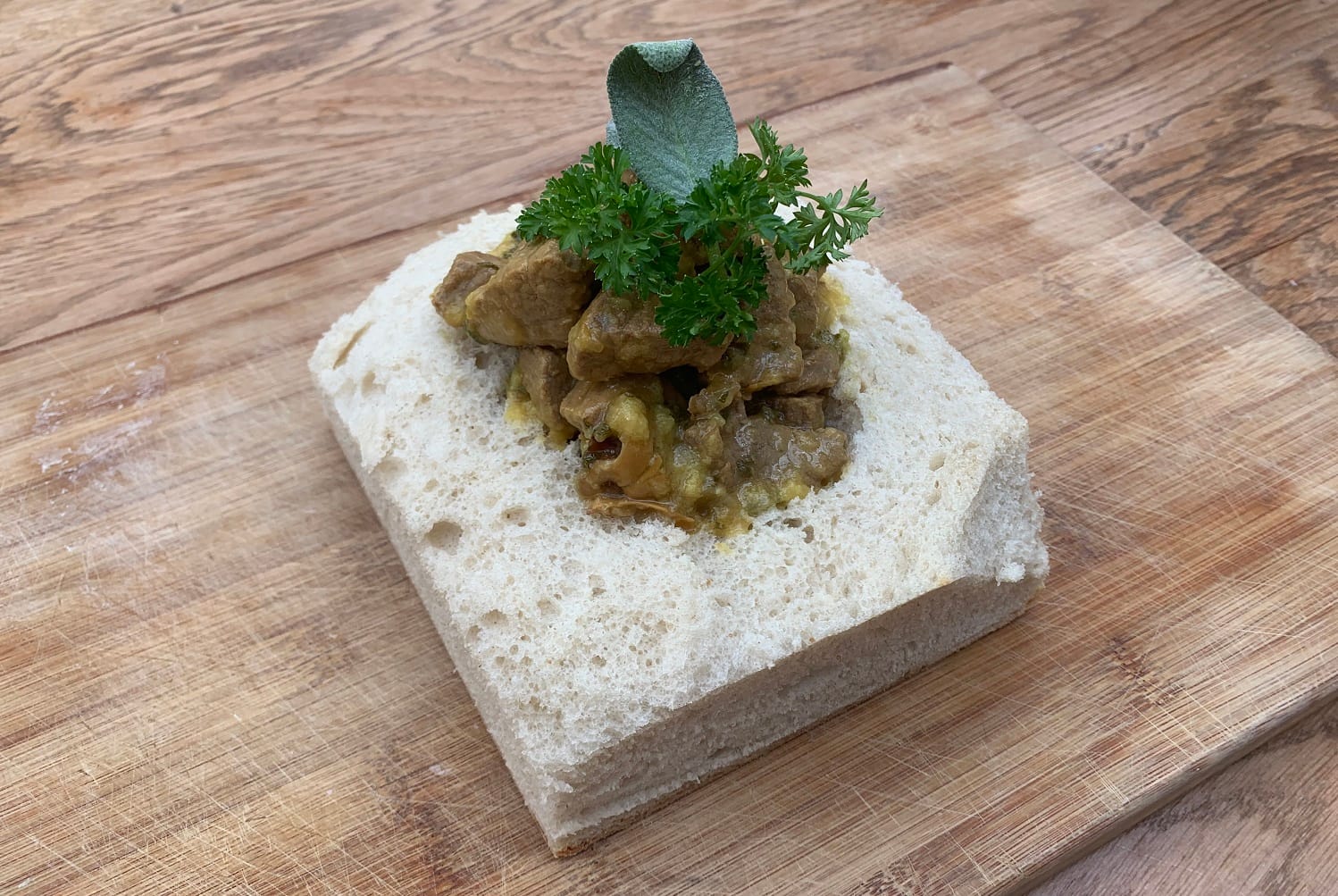Nobody caught illegally dumping yet by new north inner-city CCTV
But the scheme is a success, said a council official's report, as that shows the cameras are a deterrent.
In medieval Ireland, wealth was invested in cows, which were used to pay fines, rents, and pleas – and, of course, to serve in rich stews like this one.

In medieval Ireland, for the most part, wealth meant owning livestock. That meant cattle – an important food source, and what appears to have been the most popular meat to eat, despite the increasing importance of sheep, and in some areas, pigs.
Of course, cows were needed for their hides, as well as their meat and milk. If piles of cattle bones turn up in an excavation, it indicates the pastoral nature of that area. In medieval Ireland, we had areas with rich soils, well-suited to raising livestock.
The thirteenth-century document “The Irish Pipe Roll of 14 John, 1211–1212”, thought to be the earliest document of the Anglo-Norman exchequer, has some curious references to cows.
Entries mention cows used to pay fines, rents, pleas, and perquisites. There’s even a reference to cows in Meath, that they were “to have respite until the arrival of the bishop of Norwich”. In effect, they were a form of medieval currency.
Another entry in the same document tells us that William Marshall, earl of Pembroke, infamously known as the “foremost Norman knight that ever lived”, paid £16 for 96 cows, which he then gifted to Geoffrey Luttrell, also of Norman descent.
This entry suggests that Luttrell may have had a garrison, and needed enough beef to feed foot soldiers, since beef was hearty sustenance for soldiers, who were always expected to be in good physical shape, ready to fight when called upon.
This Luttrell was an ancestor of the 15th-century developer of Luttrellstown Castle, now an elegant and luxurious event venue tucked away in the affluent Dublin suburb of Castleknock.
Back in medieval times, beef could have been cooked over an open fire, but it could also have been used to prepare a tasty pottage. Some pottages, or meat stews, were made with pre-roasted or pre-boiled meat, before sprinkling in herbs and spices. Others used raw ingredients.
Unlike much of today’s cooking, a mix of meats may have been cooked in the same pot. Poultry and meat were sometimes cooked together in a pottage. This recipe, though, is for a straightforward beef pottage.
It could have been cooked over an open fire or in a kitchen. It’s richly flavoured, in keeping with the tastes of the day. It could have been served on a trencher, a plate made of three-day-old bread. The plate could have been eaten along with the pottage, or fed to animals.

### Medieval Beef Pottage
Ingredients
Method
In a saucepan, cover the beef in 600ml./1 pint water. Bring to the boil, reduce the heat and simmer for approximately 1 hour. Strain the meat stock into a clean pan. Rinse the meat, before returning it to the stock. Add the onion, parsley, sage, cloves, cinnamon and mace. Return to the heat and simmer for a further half hour, adding more water if required.
While the beef is in its second stage of cooking, soak the bread in the wine vinegar for 5–10 minutes. Mix the breadcrumbs and vinegar together. When the cooking time for the beef is up, rub the breadcrumb and vinegar mix through a sieve, and stir into the pottage. Add the saffron and salt, incorporating them well, and serve.